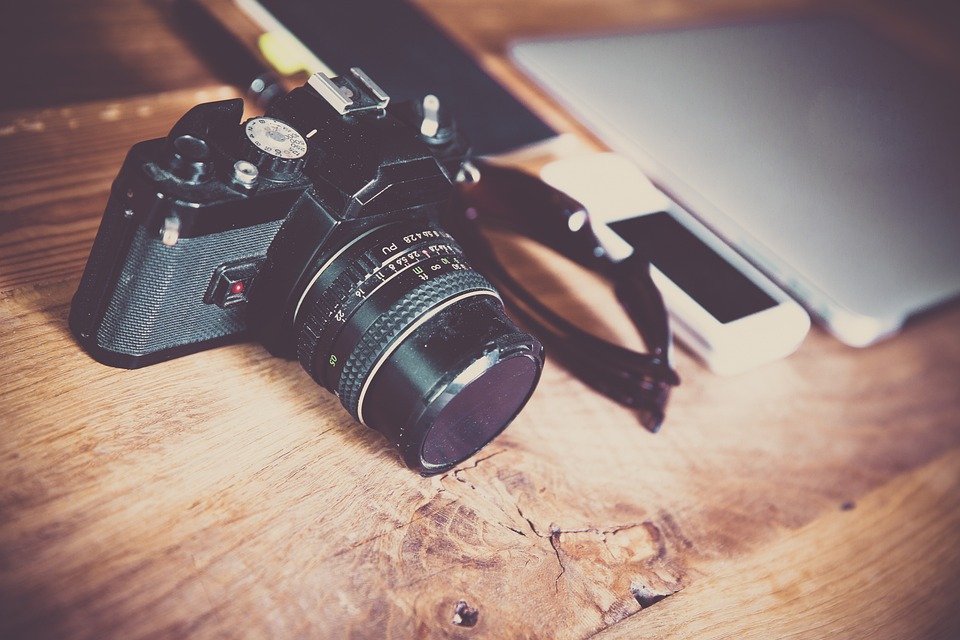Unleashing Your Inner Photographer: Mastering the Art of Digital Photography
Introduction:
In today’s digital age, photography has become more accessible than ever before. Anyone with a camera, whether it’s a professional DSLR or a smartphone, can capture stunning images. However, taking exceptional photos requires more than just pressing a button. It requires technical knowledge, an understanding of composition, and a creative eye. In this tutorial, we will guide you through the process of becoming a master of digital photography. Along the way, we will explore the capabilities of the popular image editing software, Photoshop, which can be downloaded from the official website, photoshopid.com.
Table of Contents:
1. Understanding the Basics of Photography
2. Choosing the Right Camera and Equipment
3. Mastering Composition and Lighting
4. Controlling the Exposure Triangle
5. Utilizing Photoshop to Enhance Images
6. Advanced Techniques and Tips
7. Conclusions
8. Frequently Asked Questions
1. Understanding the Basics of Photography:
Before diving into the technicalities, it’s essential to have a solid understanding of the fundamentals of photography. You will learn about the rule of thirds, leading lines, perspective, and depth of field. We will also discuss the importance of capturing emotions and telling stories through your photographs.
2. Choosing the Right Camera and Equipment:
With numerous cameras and accessories available in the market, finding the right equipment can be overwhelming. We will explain different types of cameras, lenses, and other essential accessories based on your photography goals and budget. We will also provide tips for purchasing second-hand equipment.
3. Mastering Composition and Lighting:
Composition and lighting play a vital role in creating visually appealing and impactful photographs. We will explore various composition techniques, such as framing, symmetry, and balance. Additionally, we will discuss natural and artificial lighting, including the golden hour and using flash effectively.
4. Controlling the Exposure Triangle:
Understanding the exposure triangle – aperture, shutter speed, and ISO – is crucial for achieving proper exposure in your photographs. We will delve into each component and explain their relationships, enabling you to take full control over your camera settings.
5. Utilizing Photoshop to Enhance Images:
Photoshop is a powerful image editing software that allows you to transform your photographs. We will guide you through the process of downloading and installing Photoshop from the official website, [photoshopid.com]. You will learn how to perform basic edits, such as adjusting brightness, contrast, and color balance. Additionally, we will cover more advanced techniques like retouching, removing objects, and creating stunning compositions.
6. Advanced Techniques and Tips:
Once you have mastered the basics, we will provide you with advanced techniques to take your photography to the next level. This section will cover long exposure, HDR photography, black and white photography, and macro photography. We will also discuss the use of filters and the benefits of shooting in RAW format.
7. Conclusions:
Becoming a skilled photographer takes time, practice, and experimentation. Whether you are interested in capturing landscapes, portraits, or macro shots, this tutorial has given you a solid foundation to unleash your inner photographer. Remember to practice regularly, seek inspiration from other photographers, and always be open to learning new techniques.
8. Frequently Asked Questions:
Q1: Can I use Photoshop for free?
A1: Photoshop is not available for free; however, Adobe offers a 7-day free trial on their official website, photoshopid.com. After the trial, you can choose from different subscription options.
Q2: What are some alternatives to Photoshop?
A2: There are several alternatives to Photoshop, such as GIMP, Pixlr, Paint.NET, and Affinity Photo. These programs offer similar functionalities but may have different user interfaces and features.
Q3: Do I need an expensive camera to take good photos?
A3: While having a high-end camera can provide more advanced features and better image quality, it is not necessary for taking great photos. A photographer’s skills and understanding of composition and lighting are more important than the camera itself. Many amazing photos have been captured with smartphones or entry-level DSLRs.
Q4: How can I improve my photography skills?
A4: Improving your photography skills requires practice and experimentation. Try different genres, follow other photographers for inspiration, learn new techniques, and never be afraid to make mistakes. Find your unique style and continue pushing your creative boundaries.
Q5: Are there any resources to learn more about photography?
A5: Yes, there are numerous resources available online to enhance your photography knowledge. Websites like dpreview.com, digital-photography-school.com, and YouTube channels like B&H Photo, Peter McKinnon, and Mango Street provide excellent tutorials, tips, and inspiration.
In conclusion, digital photography provides a creative outlet for anyone interested in capturing moments, expressing emotions, and telling stories with images. By understanding the basics of photography, choosing the right equipment, mastering composition and lighting, controlling the exposure triangle, and utilizing Photoshop for post-processing, you can unleash your inner photographer and create stunning visuals. Remember, practice makes perfect, and there is always room for growth and exploration in the world of photography.
#Unleashing #Photographer #Mastering #Art #Digital #Photography




